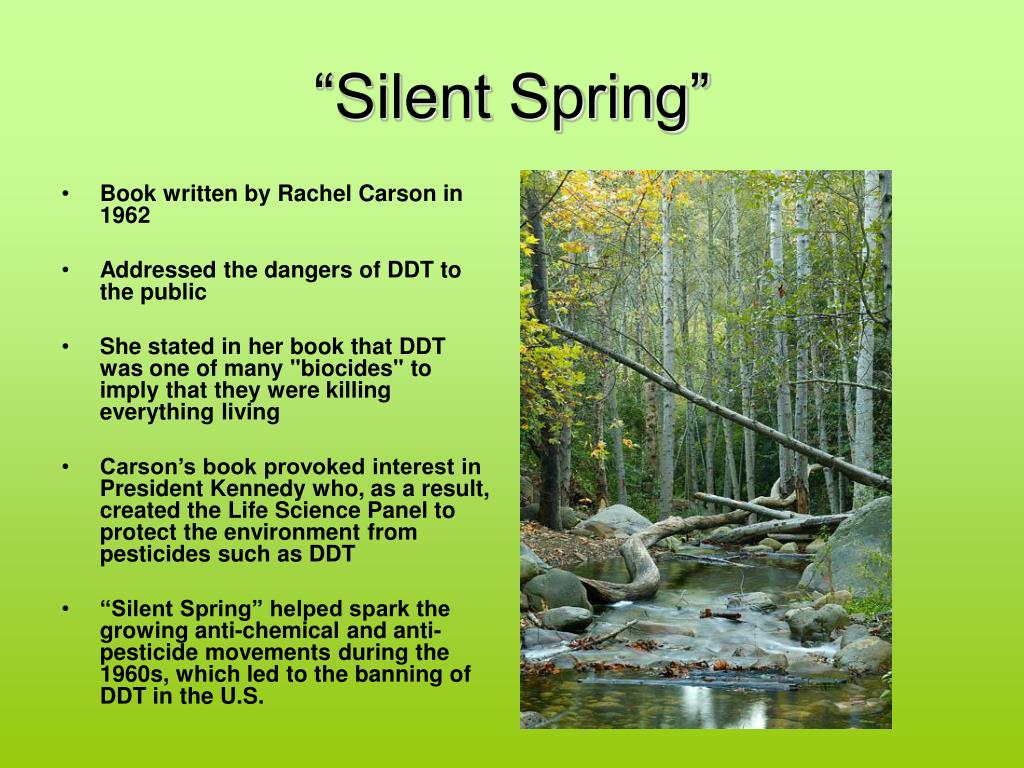
Gilead has actually gone so paranoid about the decrease of the birth rates that it came to a state in which women’s rights were taken away from them, and the ones who weren’t fertile and/or had a high social status (which is determined by mostly men) were unimportant.

These factors have alarmed Gilead, causing such the state to take such a totalitarian attitude. Not to mention the catastrophic decrease in birth rates. Only one of the four babies born is able to survive/function properly. The land itself is highly damaged, but so are humans. The causes of this are wars (especially the use of nuclear weapons), pollution, and a general collection of irresponsible actions against nature. The world Atwood has created is a radiation-soaked one with chemicals all over the air and the water. As it seems unrelated first, the environment also has a great significance in the novel. One might wonder about the relevance of this novel to the environment. A clear distinction between time before and the time now appears in the book, whereas almost all values of the time before, the time we know now, are gone and forbidden. Margaret Atwood, like in most of her novels has taken a feminist approach in The Handmaid’s Tale, only reversed, exploring the consequences of the degradation of women and their choices, inspired from the events from the time she has lived.


The role of handmaids, as an example, is to breed and to breed only. People in this world are defined by their roles in the society. The story takes place in the near future, in which Gilead, a theocratic and totalitarian state had taken over the United States of America. The book tells the story of Offred, a handmaid in the Republic of Gilead. The Handmaid’s Tale is a dystopian novel written by Margaret Atwood, published in 1985.


 0 kommentar(er)
0 kommentar(er)
